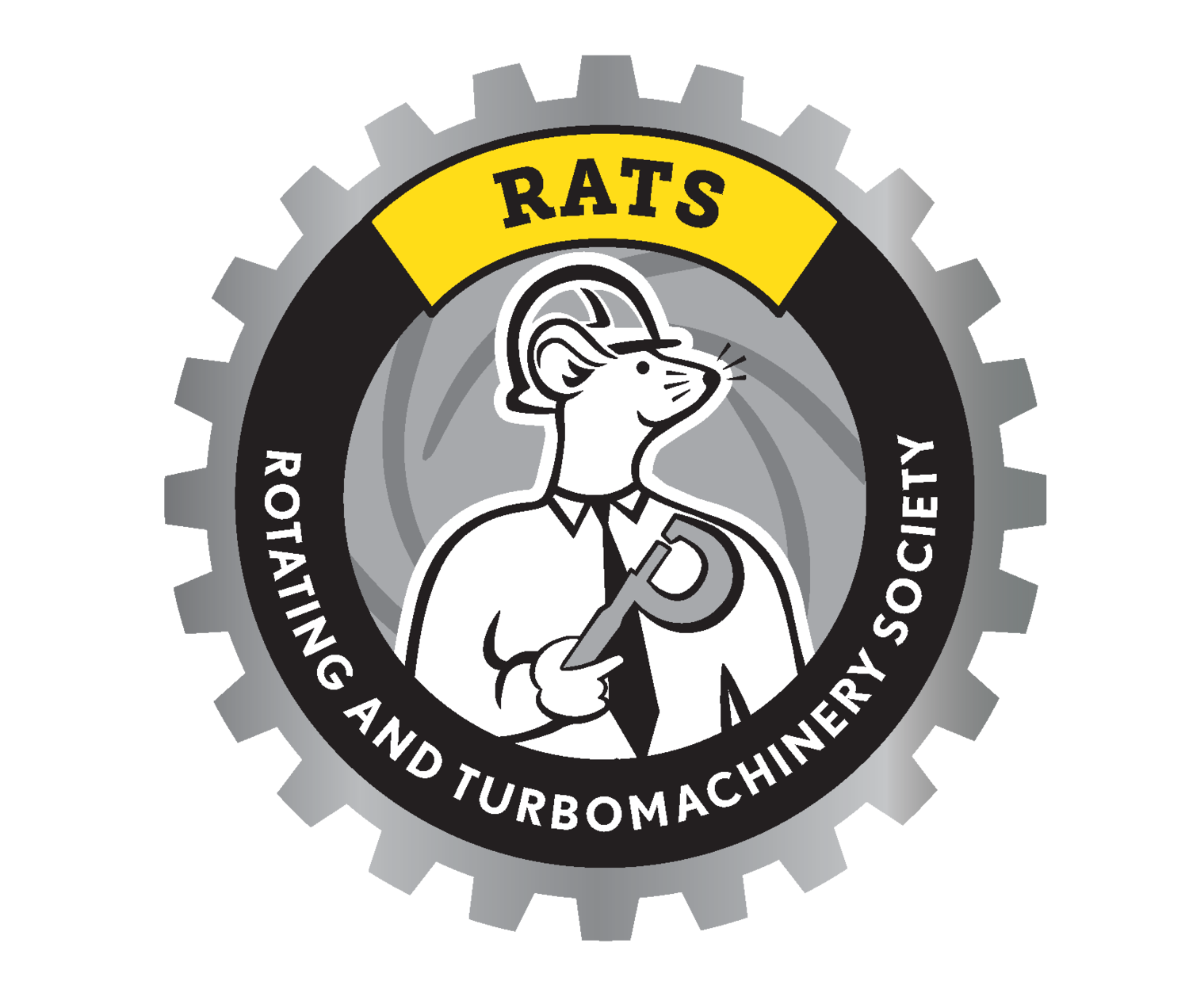PRESENTERS
Bob Whitney
Bob is the Innvoations Director for Riverhawk Company based out of Whitesboro, New York.
Earl Boyd
Earl is the proprietor & president of Solutions 4ltd. His 45 years of experience in Industrial Power Transmission encompasses all aspects of business: planning, engineering, sales, marketing, senior management and directorships.
SUMMARY
Torsional vibration occurs often within shaft strings. In many cases the equipment runs well and tolerates the torsional vibration for long and dependable operation. On occasion torsional vibration developed within shafts that are not designed to tolerate it. Trouble can show up in a number of ways depending which part of operation is the most sensitive to torsional vibration.
Here is a short list of ways that torsional vibration can manifest:
Process variations such as sheet thickness in rolled products.
Fretting of joints leading to sloppy fits and wearing of components.
Lateral vibration where torque causes such movements, for example gear shafting.
Fatigue of shafting components which is notorious for sudden unexpected failures.
Structural overload, when torque values climb to levels that yield shaft material.
None of these results are desirable. When we become aware that a torsional problem exists we first need to learn a little bit about the nature of the vibration before a proper solution can be selected. Torsional vibration comes in a number of forms, each requiring a particular type of solution.
This presentation will discuss a number of torsional vibration types and attempts to describe their nature in a way that can be understood. It then discussed a series of solution approaches, describes how each addresses issues and provides some guidance on which solution types might work best for torsional vibration type.
